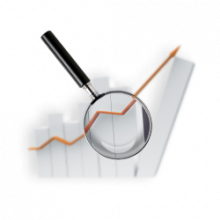Executive summary
Cameroon is a model student of the CEMAC class. Its economy represents 40% of the region's GDP. Its growth rate is the most sustained among the actors in the region. Its development level calculated by the HDI is also the most advanced (Cf. Macroeconomic report related to Cameroon). Likewise, Cameroon takes center stage of CEMAC through its best practices.
It must be said that the economic context of the Region calls for great discipline in the conduct of economic policy. As a reminder, IMF assistance to CEMAC countries is conditioned by the implementation of a plan which aims to restore fiscal and external balances.
Thus, the Finance Act Draft (2020 FAD) is an opportunity to pursue budgetary consolidation through a reduction in exemptions, an improvement in customs and tax revenues, as well as a prioritization of investment expenses. It is also an exercise in which Cameroon is called upon to support public enterprises, promote non-oil diversification and help create a climate more conducive to private investment.
This being said, this draft law occurs in a somewhat complicated period. First, the year 2020 will give rise to a double legislative and municipal polls, which are likely to delay major decisions while retaining a sense of continuity. Then, the approaching African football competitions (CHAN 2020 and CAN 2021) give priority to the corresponding projects. Finally, the instability persistence in the North West and South West requires an increase in expenditure associated with the two English-speaking regions’ security and development.
Improved indicators and persistent weaknesses
If the economic growth, inflation and fiscal deficit indicators follow favorable trends, the Cameroonian economy nevertheless displays some weaknesses. Indeed, the economic growth is exposed to the risks linked to the North-West and South-West regions and to the price risks on international raw materials. Similarly, commitments to the IMF, particularly in terms of the fiscal deficit’s shrinking, would have a considerable economic cost.




